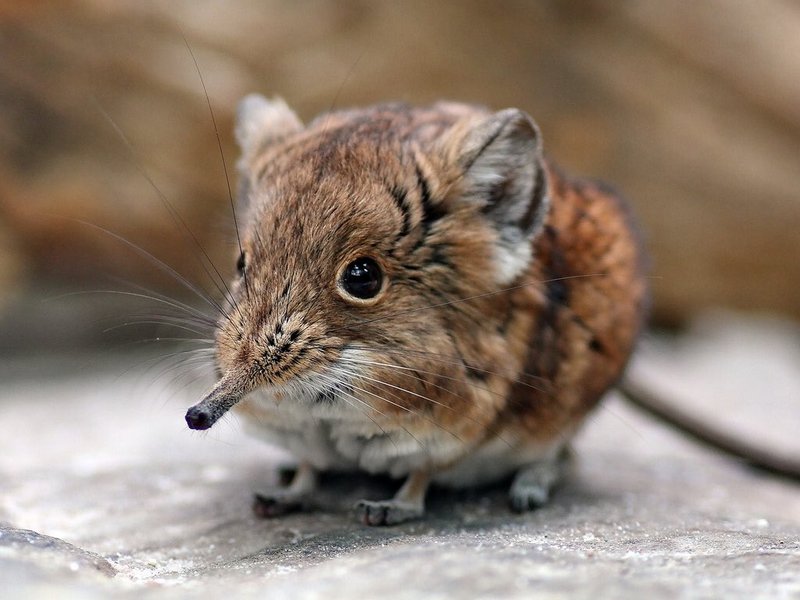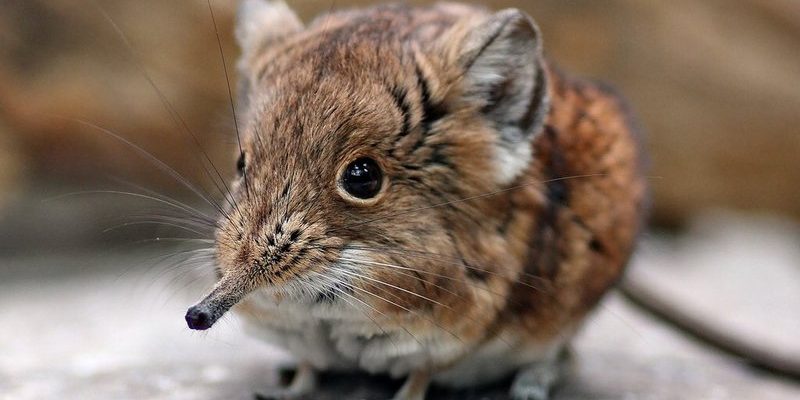
You might be surprised by how many tall tales exist about these pint-sized mammals. From their diet to their behavior, shrews have been wrongly characterized in many ways. So, let’s grab a cup of coffee and explore what’s really going on with shrews. After all, knowledge is power, and understanding these creatures can make us appreciate the intricate web of life in our backyards just a bit more.
Myth 1: Shrews Are Just Mice in Disguise
Here’s the thing: while shrews may look a bit like mice at first glance, they belong to a completely different family. Shrews are part of the family Soricidae, while mice fall under the family Muridae. This distinction is crucial because it affects their biology, behavior, and ecology.
Shrews have some unique features that set them apart. For example, they have pointed snouts and small, beady eyes that make them look quite different from mice. They also have a different diet; shrews are insectivores, which means their primary food source consists of insects, worms, and even small invertebrates. In contrast, mice are omnivores and nibble on a wider variety of foods—grains, fruits, and sometimes even human snacks if they’re lucky enough.
So next time you spot a small creature scurrying about, remember, it’s not just a mouse in disguise. It could very well be a shrew going about its little business of hunting for insects!
Myth 2: Shrews Are Dangerous to Humans
You might be wondering whether having shrews around poses any danger to us. The good news? Shrews pose no threat to humans whatsoever. They are timid little creatures that prefer to avoid confrontation. In fact, they’re more scared of us than we are of them.
Shrews do have one interesting trait: some species produce venom. This venom, however, isn’t dangerous to humans. It’s primarily used to subdue their prey, which includes insects and small invertebrates. If you think about it, this trait is more like a superhero power for hunting than a reason to fear them.
So, if you happen to see a shrew in your garden, rest easy—it’s unlikely to bother you, and it might even help keep pest populations in check!
Myth 3: Shrews Are All the Same
Here’s a misconception that often gets tossed around: all shrews are identical. In reality, there’s quite an array of different species—over 300, in fact! Each species has its own unique traits, behaviors, and habitats.
For example, the European water shrew is quite different from the common shrew you might find in your garden. The water shrew enjoys a more aquatic lifestyle and has specialized adaptations that help it thrive in wet environments. In contrast, the Eurasian pygmy shrew is one of the smallest mammals in the world, weighing less than a dime!
It’s fascinating how biodiversity plays out even within a single family of animals. They might all be small and scurry about, but they’re each doing their own thing in their own unique way.
Myth 4: Shrews Are Nocturnal
Many people assume that shrews are nocturnal, much like other small mammals. However, this isn’t entirely accurate. Shrews can be active at any time of the day! Some are more focused on morning and evening activities, while others may even hunt during the day.
Their activity patterns can be influenced by food availability and environmental conditions. For instance, if there’s a plentiful supply of insects in the morning, a shrew is likely to take advantage of that time. This flexibility allows them to adapt their hunting strategy according to the conditions around them.
So, while you might not spot a shrew in the harsh light of day, don’t be surprised if you catch one in the early morning or late afternoon.
Myth 5: Shrews Are Common Pets
You might think that with their small size and adorable features, shrews would make great pets, right? Not quite. While they are fascinating creatures to observe in the wild, shrews aren’t suitable as pets. They have very specific needs and behaviors that can be challenging to meet in a domestic setting.
For starters, shrews require lots of space to roam and forage. They also have complex diets that consist mainly of live prey—good luck trying to find that at your local pet store! Additionally, shrews can be quite feisty and territorial, which doesn’t always make for a cuddly household pet.
If you’re considering a small mammal friend, you might want to look into rabbits or hamsters—animals that are better suited for pet life.
Myth 6: Shrews Have Short Lifespans
Another common belief is that shrews have very short lifespans. While it’s true that the lifespan of a shrew is often shorter than that of larger mammals, they can still live longer than many people think. Some species can live up to two or three years in the wild, while others may thrive even longer in captivity.
Their relatively short lifespan can be attributed to their high metabolism and constant need for food. They must eat almost their body weight daily to survive—now that’s a lot of munching! However, their quick life cycles allow for rapid population growth, which helps sustain their species despite any challenges they face in the wild.
So while shrews might not hang around for decades like a beloved pet, they do have a life of their own, filled with all the usual ups and downs found in nature.
Myth 7: Shrews Don’t Contribute to the Ecosystem
Let’s wrap up with one of the most important myths: that shrews are insignificant in the grand scheme of their ecosystems. In reality, shrews play a vital role in maintaining the balance of their environments. As insectivores, they help control insect populations, which can benefit plants and other animals that rely on those same insects.
By preying on pests, shrews help keep certain populations in check, which can reduce disease transmission and promote healthier plant life. This, in turn, supports other animals that may rely on these plants for food and shelter. So, in the web of life, shrews are like little superheroes, doing their part to keep everything in balance!
Their presence is a reminder of how interconnected nature can be—even the smallest creatures have a role to play.
Understanding these myths about shrews not only helps us appreciate them more but also emphasizes our connection to nature. These little creatures are often misunderstood, but by debunking these common misconceptions, we gain a clearer view of their role in ecosystems.
Whether you encounter them in your garden or simply read about them, it’s time to give shrews the respect they deserve. After all, they’re not just tiny animals—they’re tiny ecological warriors, busting myths and making an impact in ways we might not even realize. So the next time you spot one, remember: it’s a shrew, not a mouse, and it’s doing its job to keep our world balanced!

